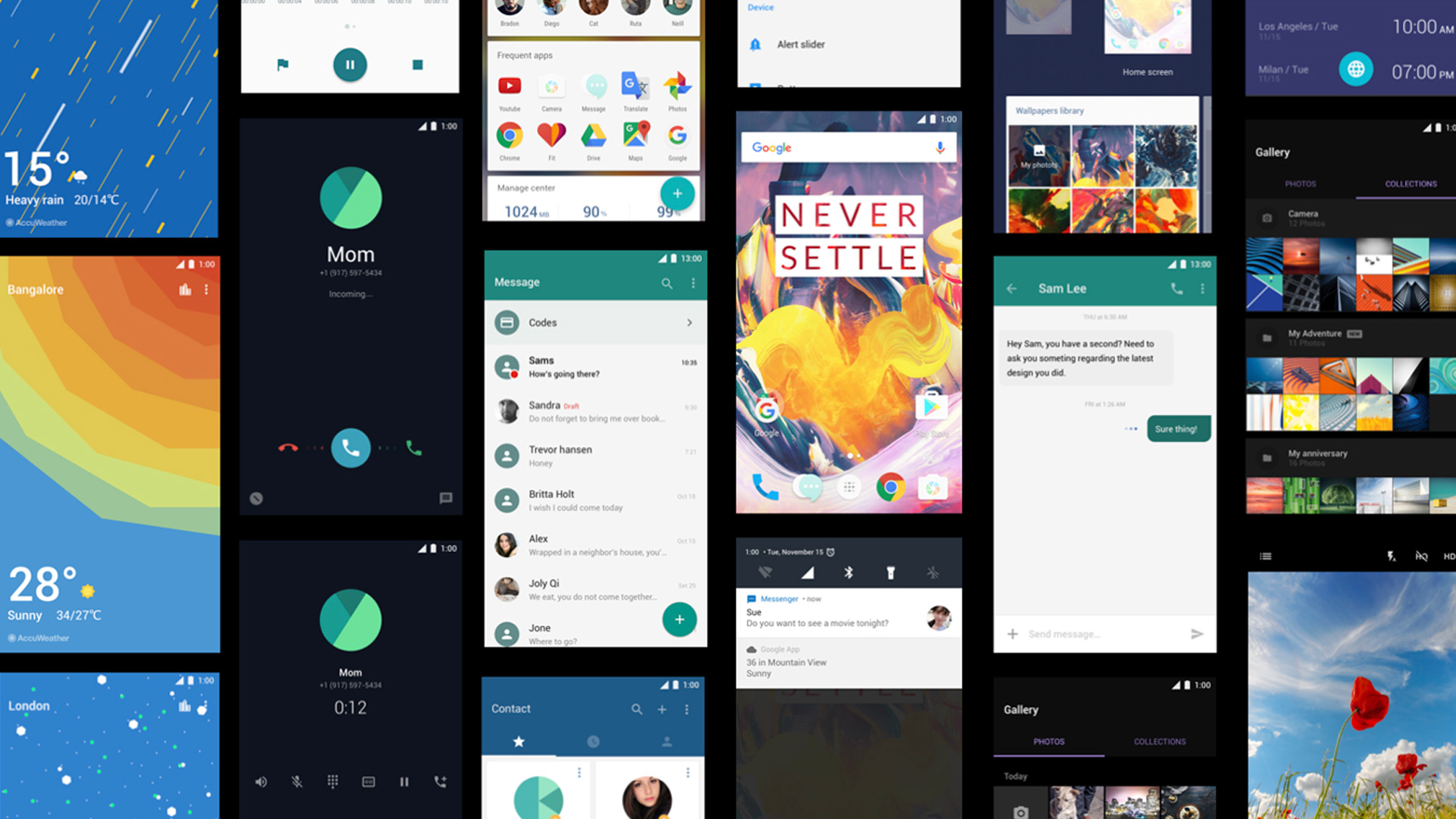Case Study
OnePlus Operating System
Transforming user experience: Unleashing the potential of OnePlus OS
OnePlus OS 5.0 ( Android 11.0)
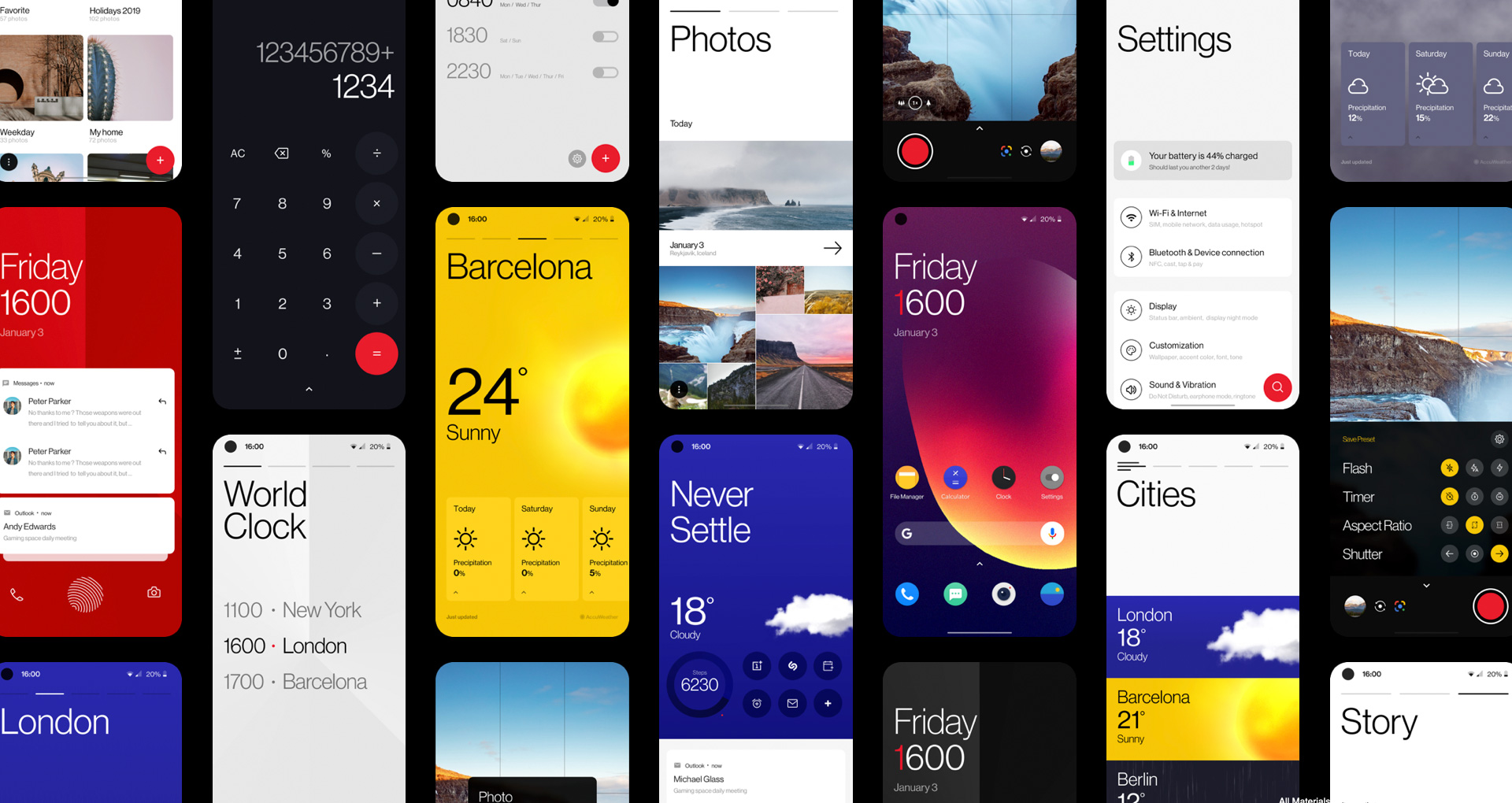
Visit
oneplus.com
oneplus.com
Discover a revolutionary mobile experience as you delve into the world of OnePlus OxygenOS. This groundbreaking operating system transcends the ordinary, blending seamless functionality, sleek design, and unparalleled customization to empower users with a truly transformative smartphone experience. With its intuitive interface, lightning-fast performance, and unwavering commitment to user feedback, OxygenOS sets a new standard for what a mobile operating system can achieve. Unleash the full potential of your device and witness the future of mobile technology unfold before your eyes.
Platform
Mobile, Foldable Phones, Pad/Tablet, Earbuds, Watch
What I did
Led OnePlus OS Product Design from generation 1.0 to 5.0
- Oversee and provide thought leadership
- Product strategy and roadmapping
- User behavior research and analysis
- Operating system concepting
- Experience design
- Coach team and leadership team to shift from waterfall to agile development.
- Attract, recruit and retain product talent to build global and dynamic team.
Outcomes
9.2
The highest overall satisfaction with PCMag readers4.2
NPSAwards & Recognition
1.3M views
The newest version of OxygenOS is faster, smoother, and smarter than ever before, with new features designed to make one-handed operation easier and more intuitive.
Product Design Process
- PEST analysis (Political, Economic, Social, and Technological)
- Industry, Market, Competitors, User, product analysis
- Define Strategy, Goal, and Tactics.
User Driven
How might we
- Urgent Self-identity
- Growth anxiety
- Optimistic Activist
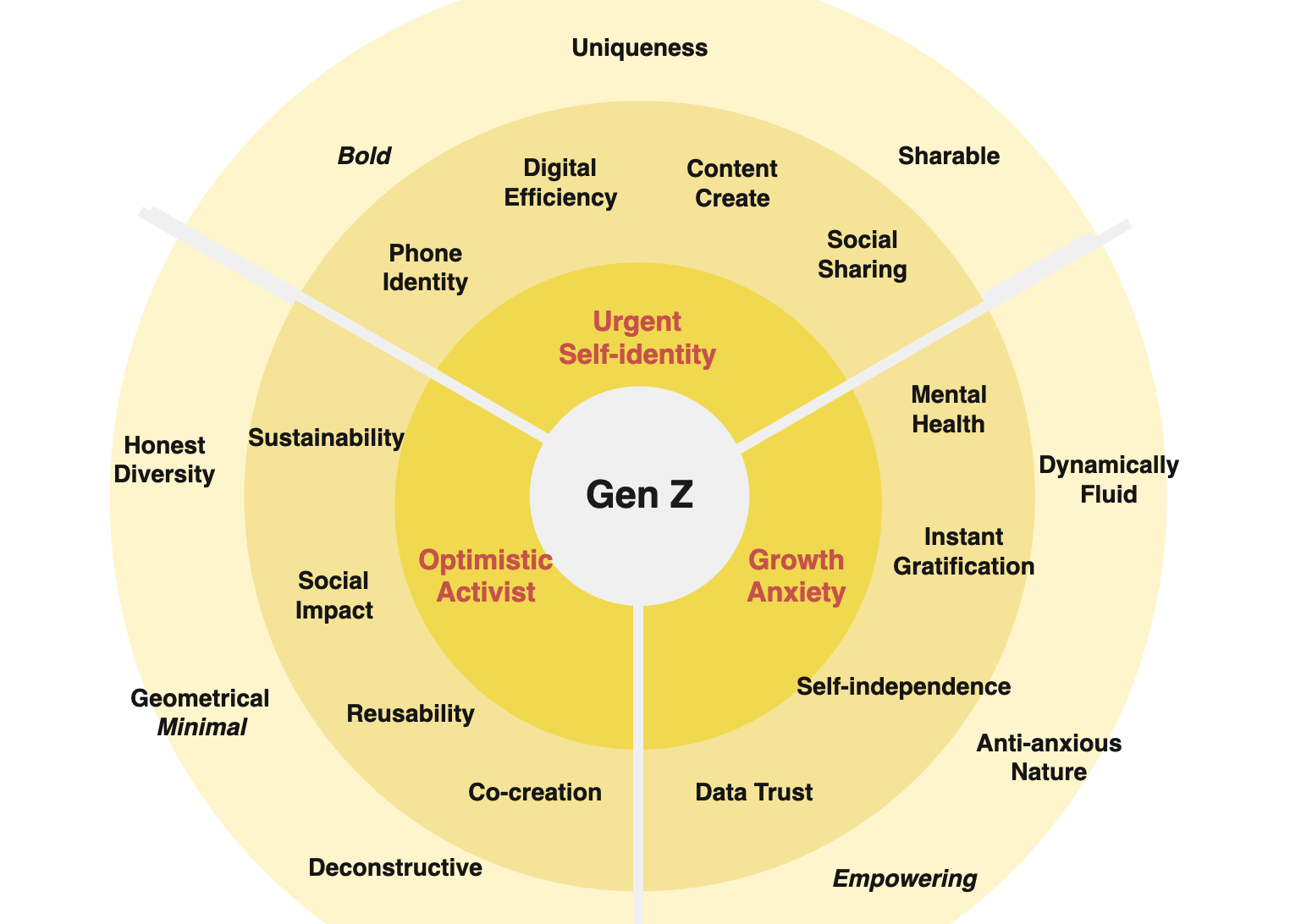
OnePlus OS 4.0 ( Android 10.0)
After the release of OnePlus OS 3.0, we received an overwhelming amount of positive user feedback and press coverage, which led to invitations for me to speak at various design conferences about my leadership in designing the successful next-generation OS. However, some users expressed that the OS felt too plain and lacking in emotion. Taking their feedback into consideration, we incorporated the principle of adding 20% emotion into the next iteration of the OS, aligning it with the existing principles of simplicity, directness, and space.
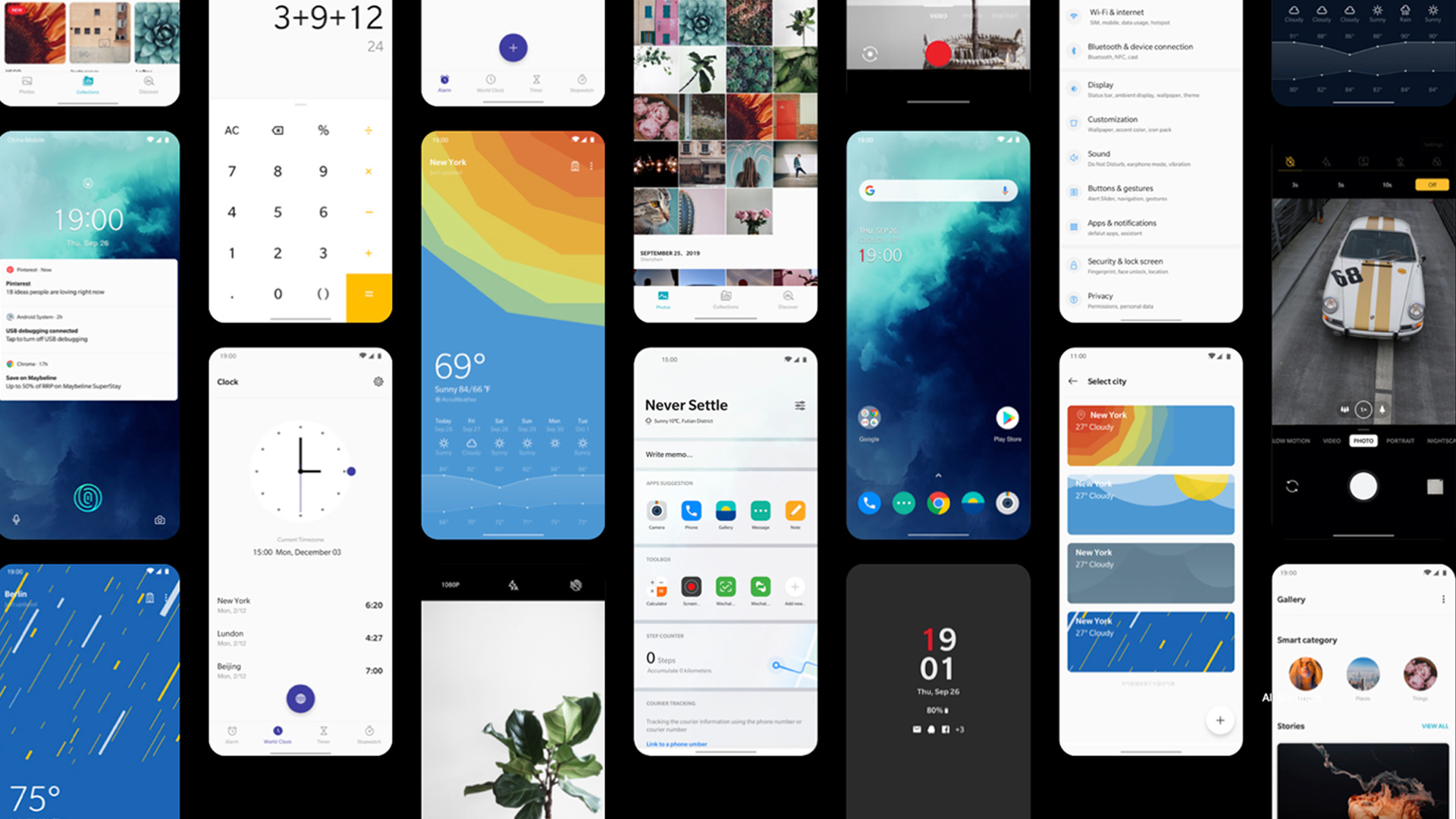
OnePlus OS 3.0 ( Android 9.0)
After two years of foundation improvements, we embarked on creating a distinct and recognizable OS, differentiating it from other operating systems on 2018. We employed three design principles: 1. Flat and Minimal 2. Reduction 3. Bold and Clean to shape the next generation of our OS, which included reducing color and type sizes, enhancing focus through white space, refining the usage of red for key interactions and moments, and exploring various icon styles.
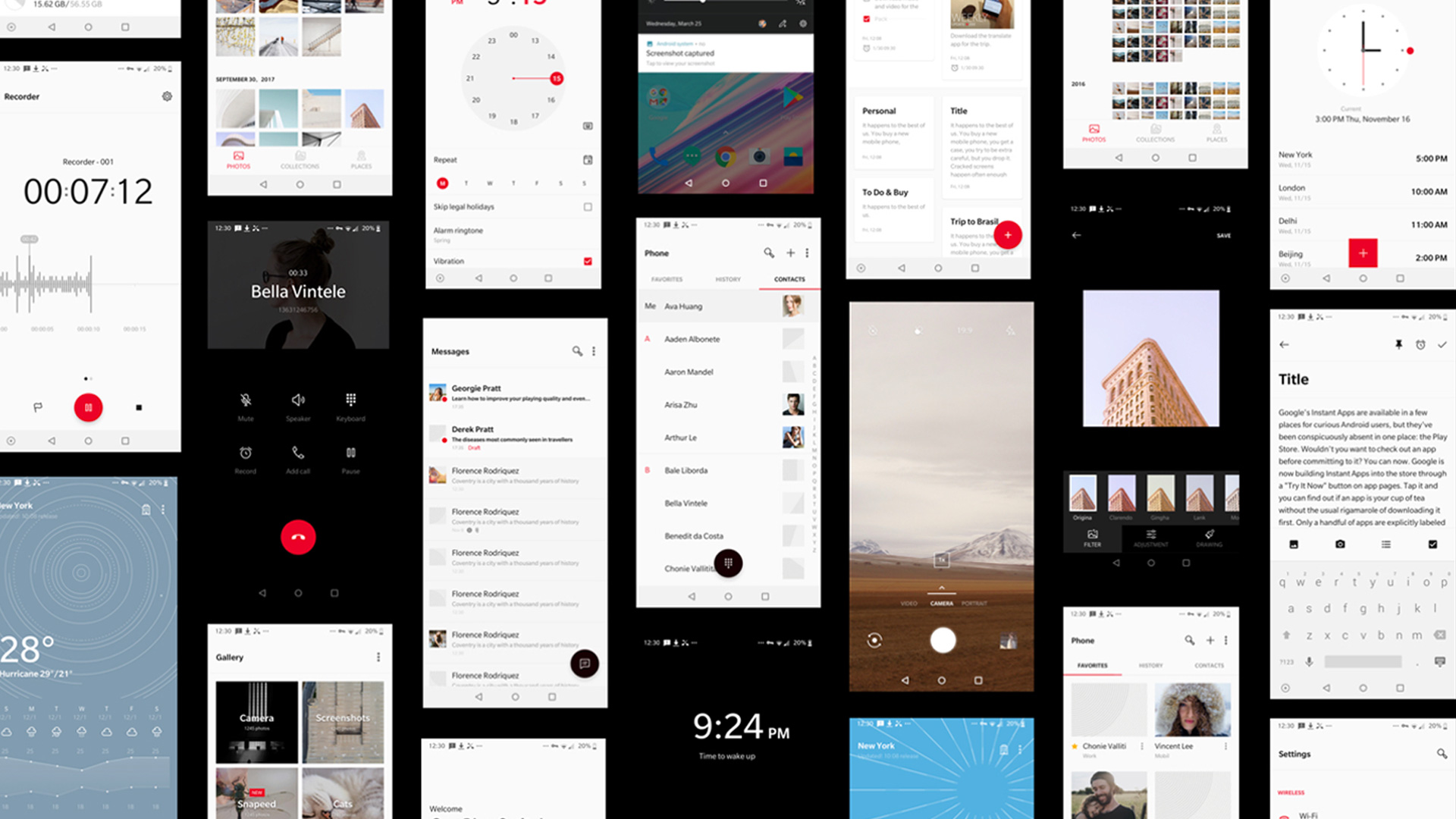
OnePlus OS 2.0 ( Android 8.0)
After merging two operating systems into one, we dedicated significant time to enhancing the foundation of our operating system, focusing on speed, stability, and efficiency on 2017. Throughout this process, we actively gathered user feedback, and one recurring theme was that users perceived our OS as being too passive. In response, we made an adjustment by increasing the overall brightness by 20%, resulting in users feeling a more positive experience when using our platform.

OnePlus OS 1.0 ( Android 7.0)
In 2016, I successfully unified OxygenOS and HydrogenOS into OnePlus OS, incorporating the design principles of flat, depth, and motion. This was achieved alongside the implementation of an agile development process, ensuring a globally consistent user experience while adapting to local cultures and user behaviors. To achieve this, I collaborated with my team to align and refine Google Stock Android, resulting in a customized and enhanced user experience. Furthermore, our user research conducted in the USA, EU, and India played a significant role in shaping OnePlus' distinctive user experience.
